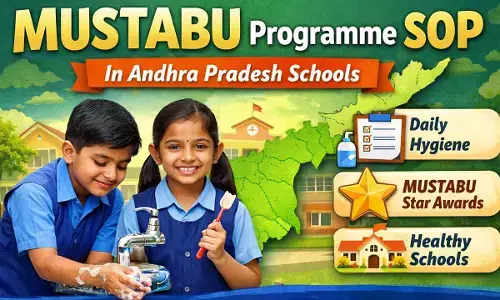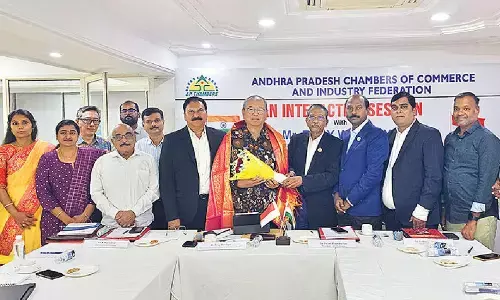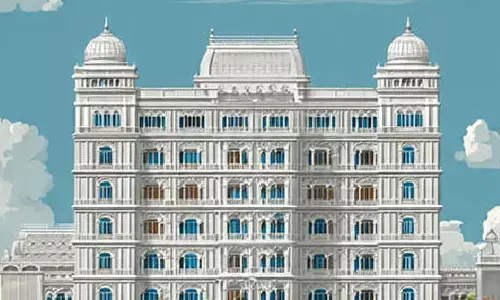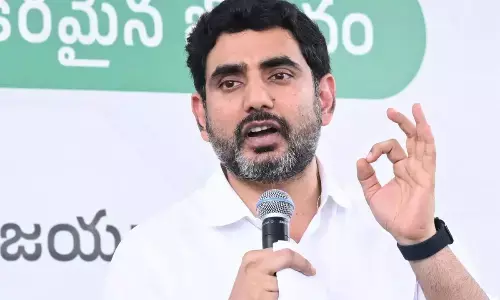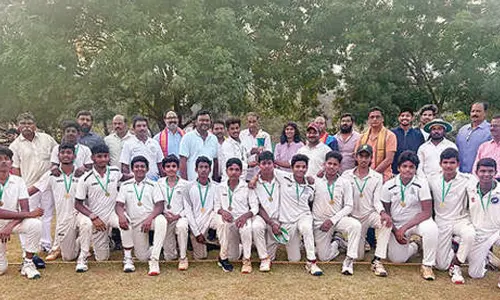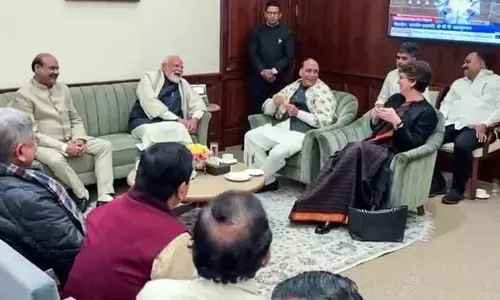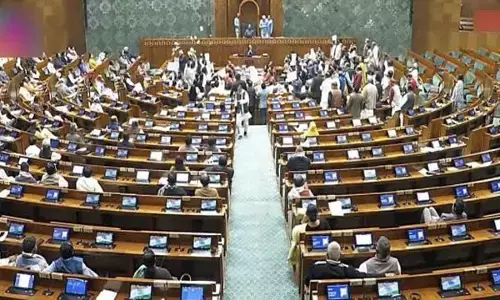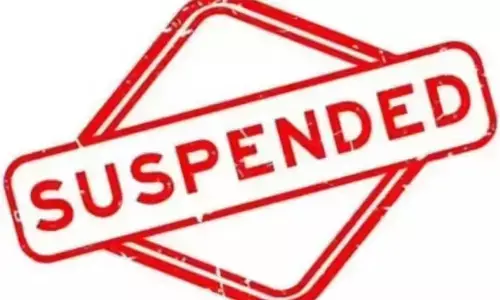Outrageous product promotions
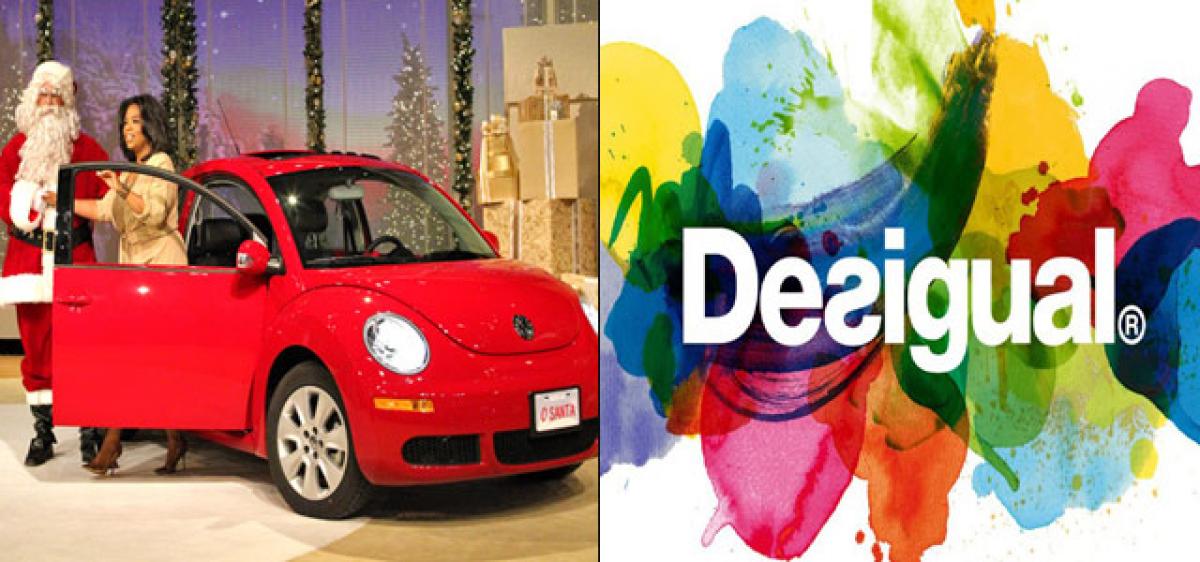
Advertising is perhaps the most misunderstood and the most maligned of all the promotional tools. Most marketing pundits talk of advertising as a promotional element that is a necessary evil. The opinion is ‘it has to be done so we will do it’.
Advertising is perhaps the most misunderstood and the most maligned of all the promotional tools. Most marketing pundits talk of advertising as a promotional element that is a necessary evil. The opinion is ‘it has to be done so we will do it’.
But the reality is something else. Advertising informs, entertains, shapes our opinions and in fact ingrains our beliefs and our perceptions. It is the concrete that cement the product and the brand position in our mind. Without advertising things would be very different in this world. The world would be very drab!
Advertising in very simple terms is a paid form of non-personal communication. Advertising is not free. It is a paid medium. Advertising can reach many people at the same time. Crores of people can be reached with a single press advertisement or a television commercial. That is the power of advertising!
But the only anomaly is that as it is a non-personal communication immediate and instantaneously feedback is neither possible nor feasible. There is possibility that the communication might not be understood or horror of horrors might be misunderstood.
Advertising screams from the top of its voice “BUY” and the early in the morning, lazy reader groggily looks at the advertisement in the newspaper, admires the advertisement and flips the page. He says to him “That is an interesting advertisement.
I could think of buying it at a later stage”. The minute he thinks this way the opportunity of a sale is lost. The more the customer procrastinates the less are the chances that he would buy. A marketer simply can’t let a customer “sleep on the issue”!
To avoid the above from happening marketers deploy another promotional tool. They would choose sales promotion. Sales promotion is the short time inducement (encouragement) given to the customer to rush to the POP (point of purchase), and purchase the product as soon as possible. The entire focus is on the phrase ‘short time inducement’.
The inducement is offered for a very short time. The customers are given inducements like Price Off (5 rupees off!), discounts, and more quantity at the same time, free gifts, free complimentary products, coupons, free samples etc. Sales promotion screams from the roofs tops, “BUY NOW”.
Sales Promotion creates the urgency in the minds of the customer so that they would rush to the market and procure the product as soon as possible. And the product would fly off the retailers’ shelves in a jiffy!
The inducement is usually withdrawn after the specified time. Of course there could be some resentment for the buyers who come to buy just after the specified time, but the same customer would be doubly careful to avail the same offer in time the next time when a new sales promotion campaign is launched. Given below are three outrageous product promotions that caught the public eye.
Giving Away Cars free – Oprah Style
On 23rd November 2010, TV host and Anchor Oprah Winfrey gave away free, 275 Volkswagen New Beetles to her studio audience as a part of "Oprah's Favorite Things" promotion. At that time the new version of the iconic curvy little car has not yet been revealed to the public. On the show, Winfrey showed only a silhouette of the new Beetle.
Winfrey owns and drives a New Beetle and approached the automaker to arrange giving away the cars on her show. Volkswagen was only too happy to oblige. Volkswagen donated all the cars, plus money to cover taxes and fees for all of the audience members.
This is a win-win for both Oprah and for Volkswagen as Oprah got huge ratings for her TV show and Volkswagen generated lots of good will and got many minutes of free prime time publicity when the product was dramatically shown as a silhouette.
In 2004, Winfrey gave 276 Pontiac G6 cars to her audience. This time audience members were able to go out to the parking lot and inspect their cars immediately.
Giving Away Cars free – Daewoo style
In late 1995, Daewoo India the company that made Daewoo cars in India realised, that it needed to give its flagship model Cielo a strong promotional push to improve the sales. The company devised an innovative promotional campaign, called the ‘Diwali Bonanza scheme’ for corporates, offering one Cielo free on purchase of every ten cars.
This was followed up with a lottery scheme for individuals, wherein the winner was awarded a car. But it led to customers to look at the car with suspicion.
To top it all Cielo announced a test drive scheme to lure the buyers in April 1997. The scheme entitled all car owners to participate in a draw where 200 Cielos were given to the winners for 18months. On completion of this period, the winners had the option of either buying the car paying 70% of its original on-road price or returning it to Daewoo.
The company claimed to have successfully tried out this scheme in the UK and Korea earlier. The scheme was intended to enhance Cielo’s credibility in the marketplace. However, the low finance rate and the test drive schemes faced the same criticism that the free Cielo scheme did. These effectively doomed the fate of Cielo in India. It got branded as a cheap car that no one really wanted and finally exited out of India.
Enter half-naked and leave fully dressed
On January 2, 2012 hundreds of customers lined up outside the store of Spanish brand Desigual at their Regent Street store, London dressed only in their under garments. The customers had to wait in a queue only in their undergarments. The first lucky 100 in the queue walked away with a free outfit (one top, one bottom).
The customers got an hour of a shopping spree to pick out the perfect outfit, plus 50% across the store on all summer collections, a great reward for embarrassing themselves. A fair bargain for the humiliation, especially as this happened at 9 am on one of the busiest streets in London.
As a brand Desigual is known for its fun loving philosophy and bold collections, this was a great way to get noticed. It might shock the puritans of the world but it was par for the course in the European countries where there is more liberalism and people are bolder in their thoughts and actions.
When they first did this ‘Enter half-naked and leave fully dressed’ event in Barcelona in 2006, hundreds of people turned out and the stunt has since been hosted in Madrid, New York, and Amsterdam, and as well as London, Berlin and Stockholm.


